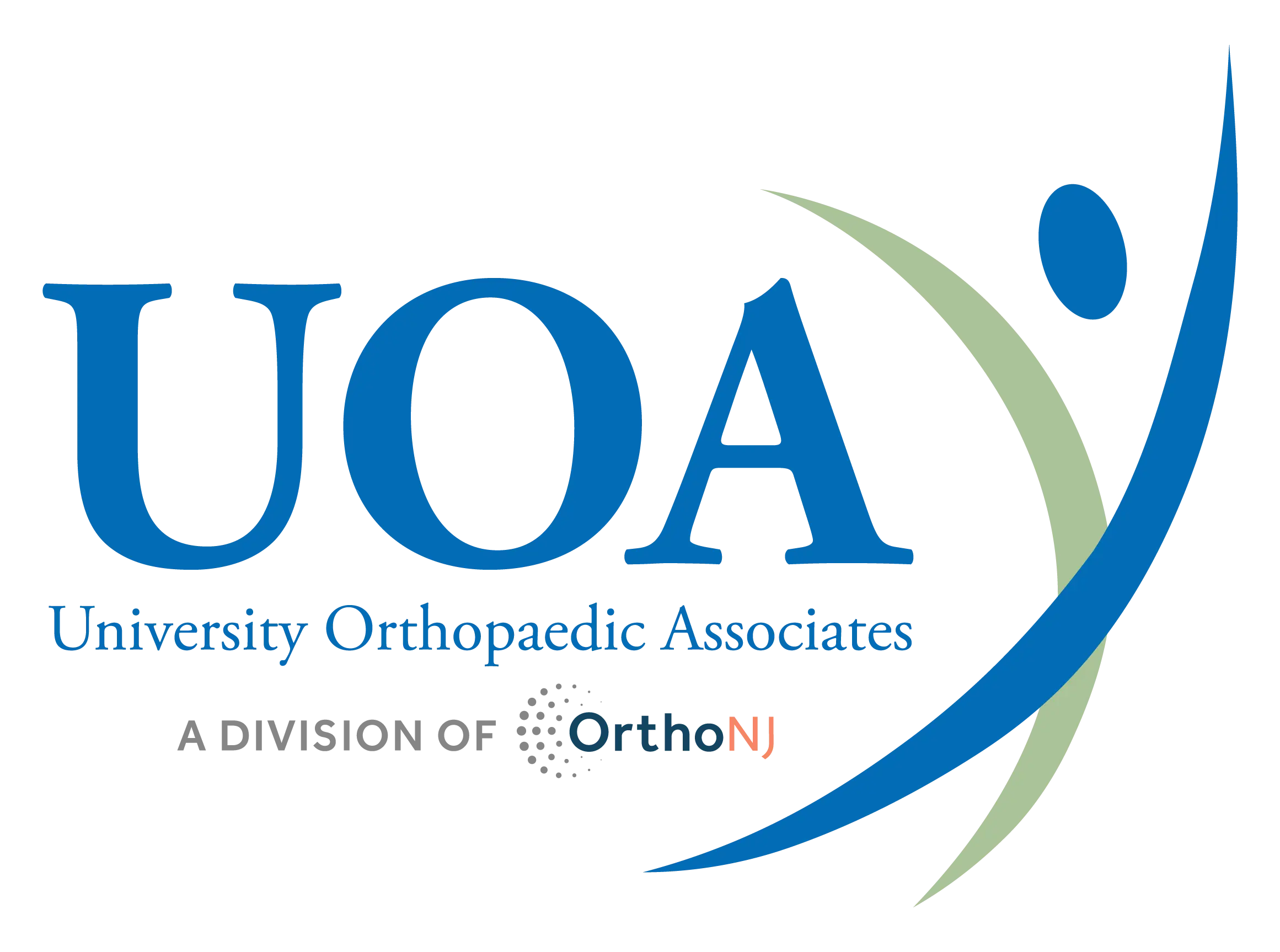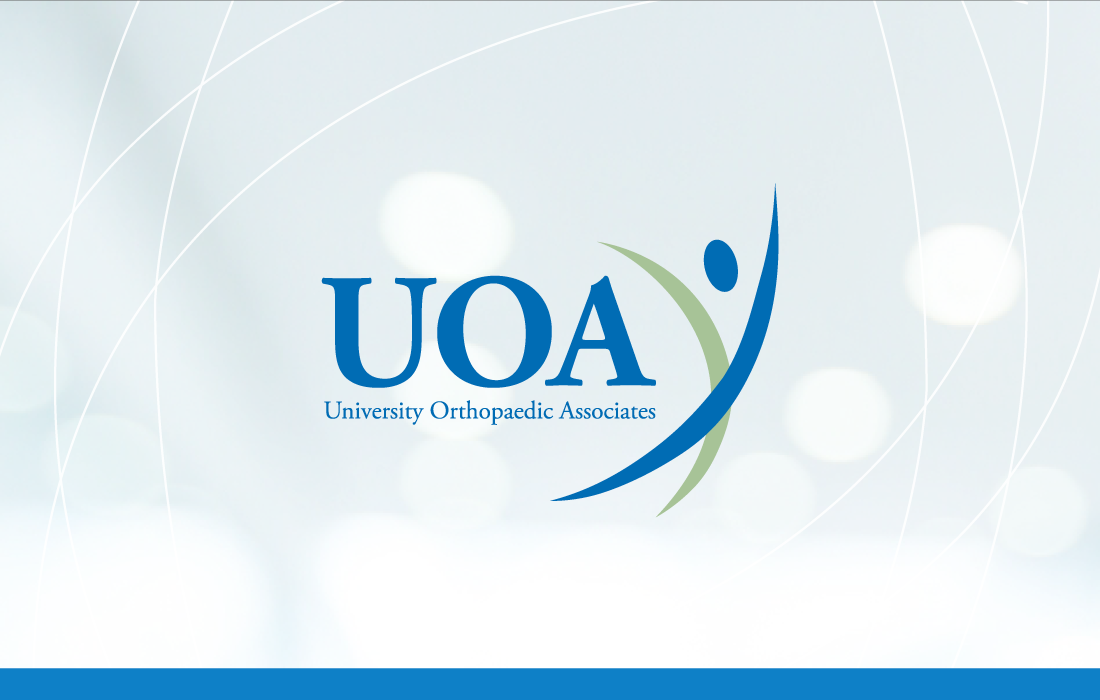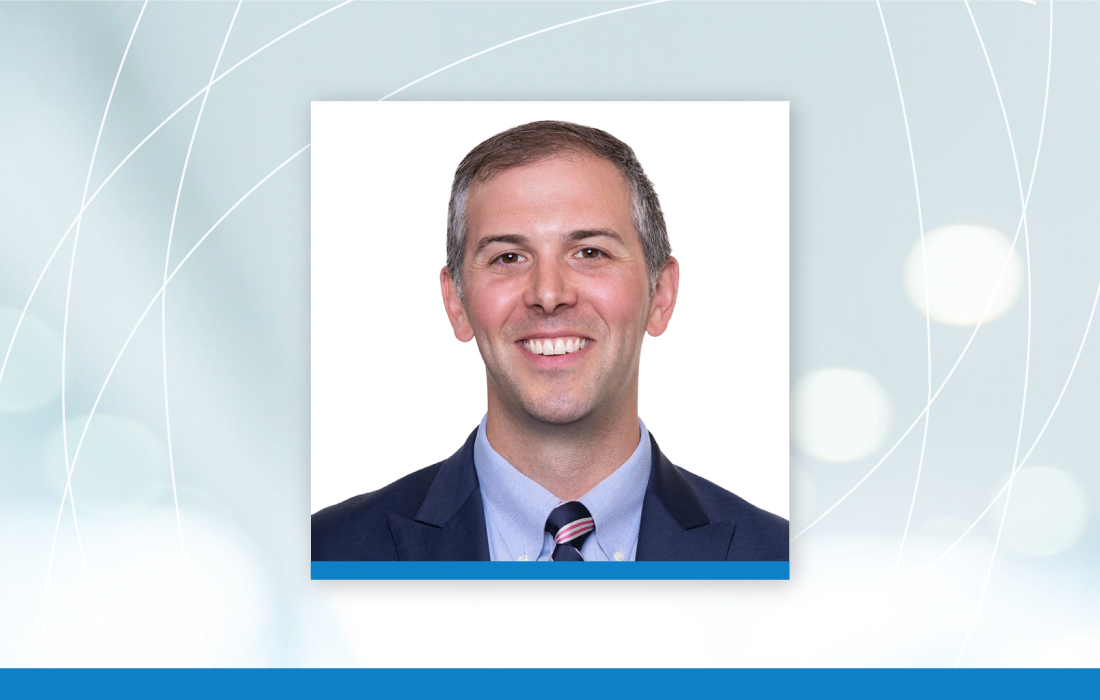What Is an ACL Injury?
The anterior cruciate ligament (ACL) is a strong band of tissue inside your knee that connects the femur (thighbone) to the tibia (shinbone). It helps control the forward motion and rotational stability of the knee. An ACL injury occurs when that ligament stretches or tears. These injuries happen most often during athletic movement, but they are not limited to the sports world.
How ACL Injuries Happen
Most people associate ACL tears with athletes, and for good reason. Sports like soccer, lacrosse, basketball and football involve sudden stops, twists or awkward landings. Those motions place intense stress on the ACL.
You may tear your ACL:
- While pivoting on a planted foot
- After landing unevenly from a jump
- During a collision or fall
- In a car accident or work injury
Female athletes are at higher risk due in part to biomechanics and hormonal influences. Some studies suggest the risk for women is up to eight times greater than for men.
Signs of an ACL Injury
An ACL injury can make itself known instantly. Some people feel or hear a distinct pop deep in the knee. Others notice swelling that appears within the first few hours. For some, walking is impossible. For others, it is manageable, but the knee feels like it could give out at any moment.
The most common signs include:
- A popping sensation or sound at the time of injury
- Sudden swelling around the knee joint
- Sharp or ongoing pain with movement
- A feeling that the knee is unstable or shifting
- Reduced ability to bend or straighten the leg
How ACL Injuries Are Diagnosed
At University Orthopaedic Associates, we take a structured, hands-on approach to diagnosing each ACL injury. During your visit, a sports medicine specialist will examine both knees and assess swelling, motion and tenderness.
To confirm the diagnosis and check for related injuries, we may order:
- X-rays to check for fractures
- MRI scans to evaluate the ligament, cartilage and meniscus
- Ultrasound, in select cases, to assess nearby soft tissue
ACL injuries often come with additional damage, such as meniscus tears or sprains in other ligaments. A complete and accurate diagnosis helps guide the most effective next steps.
Treatment Options for ACL Injuries
Treatment varies based on the severity of the tear, your physical activity level and how stable the knee feels. In mild cases, non-surgical options may include physical therapy, bracing and activity adjustments. These can work well for individuals who do not place high stress on their knees in daily life.
In cases involving complete ACL tears, especially for those looking to return to sports, surgery provides the best long-term outcome. We perform arthroscopic ACL reconstruction, using graft tissue to replace the damaged ligament.
Graft choices include:
- Autografts from the patellar tendon, hamstring or quadriceps
- Allografts from a donor
Each option has advantages and disadvantages. Patellar grafts may offer greater post-operative stability. Hamstring grafts tend to cause less kneecap pain. We help you weigh each option based on your goals, knee structure and healing timeline.
For patients who qualify, we also offer the Bridge-Enhanced ACL Restoration (BEAR) technique. This minimally invasive procedure encourages the body to heal the torn ligament using a collagen implant without the need for graft harvesting.
Recovery and Rehabilitation
Surgery is only part of the process. Recovery relies heavily on physical therapy. For most, healing takes 9 to 12 months. Trying to return to activity too soon can raise the risk of a second tear.
Rehabilitation at UOA focuses on:
- Reducing swelling and pain
- Restoring full range of motion
- Building strength and knee stability
- Re-training movement patterns
- Improving flexibility
- Training in sport-specific movement patterns for better carryover into the patient’s respective sport
We also help athletes safely transition from therapy back to performance. You can also take part in injury prevention classes designed to improve strength, form and awareness on the field.
When to Contact a Specialist
If your knee gave out, swelled up quickly, or made a loud popping sound, it could be more than just a minor strain. These are common signs of an ACL injury, and they deserve attention. Waiting too long can increase your risk for additional damage, like meniscus tears or cartilage wear that may affect your knee for years.
The upside is that many people return to full strength with the right treatment. That path often starts with a clear diagnosis and a plan tailored to your needs. At UOA, our sports medicine team works with athletes and active individuals every day.
Reach out to University Orthopaedic Associates to schedule an appointment with one of our sports medicine surgeons or non-operative physicians for an accurate diagnosis. We are here to help you regain control, rebuild confidence and move forward with strength.




